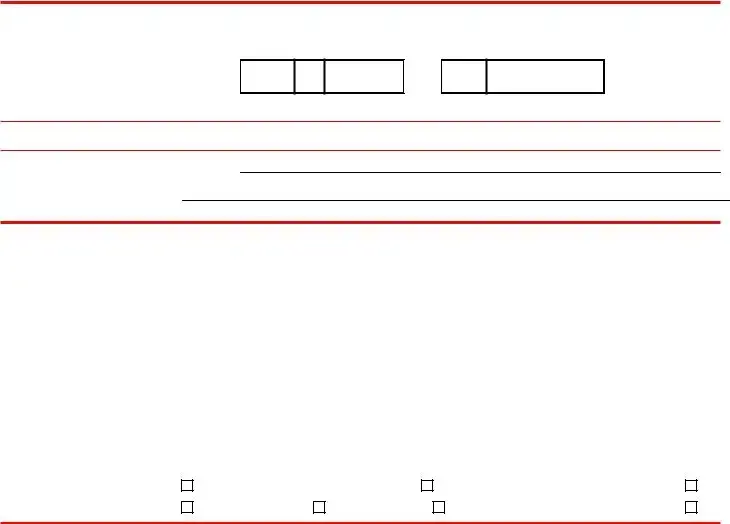What is the purpose of the Rhode Island W-9 Form?
The Rhode Island W-9 Form is designed to request a taxpayer's identification number (TIN) and certification for tax purposes. It's a way for payers to collect the necessary information required by the IRS from individuals or businesses receiving payments. This form plays a crucial role in ensuring that taxes are properly reported and withheld, if applicable.
Who needs to fill out the Rhode Island W-9 Form?
Any individual or entity receiving payments for which tax reporting and withholding are required should complete the Rhode Island W-9 Form. This includes freelancers, independent contractors, and businesses that provide goods or services. Providing a Social Security Number (SSN) or Employer Identification Number (EIN) is a key part of this process.
What penalty might I face if I don't provide the requested information?
Failure to furnish the required information, such as your Taxpayer Identification Number (TIN), on the Rhode Island W-9 Form can lead to a $50 penalty imposed by the IRS. This penalty underscores the importance of completing and returning the form promptly.
How do I know if I am subject to backup withholding?
You might be subject to backup withholding if you have under-reported interest or dividends on your tax returns. If the IRS has notified you that you are subject to backup withholding, you must cross out item 2 on the certification part of the form. However, if you were subject to backup withholding and the IRS has since notified you that you are no longer subject to it, do not cross out item 2.
What should I do if my business operates at multiple locations?
If your business operates at more than one location, you must provide a list of addresses for each location. If the same Taxpayer Identification Number (TIN) applies to more than one location, attach a list of location addresses with the remittance address for each. However, if different TINs are used for different locations, a separate completed W-9 form must be submitted for each TIN and location.
Where should the Rhode Island W-9 Form be mailed?
Completed forms should be mailed to the Supplier Coordinator at One Capitol Hill, Providence, RI 02908. This ensures that your form reaches the correct office for processing and verification.
What is the penalty for perjury on the Rhode Island W-9 Form?
Signing the certification section of the form under penalties of perjury means you are affirming that the information provided, including your Taxpayer Identification Number (TIN), is correct. Providing false information can lead to penalties, legal consequences, and even charges of perjury.
Can I provide a different address for remittance?
Yes, you may provide a different address for remittance if it differs from your primary business or personal address. It's important to ensure that all information on the form, including addresses, is accurate and up-to-date to prevent any delays or issues with payment processing.
How do I certify that my Taxpayer Identification Number (TIN) is correct?
To certify that your TIN is correct, sign the certification section of the Rhode Island W-9 Form. By doing so, you affirm that the number provided is accurate and that you are either not subject to backup withholding or have been notified by the IRS that you are no longer subject to backup withholding. Remember, certifying false information can have serious consequences.
